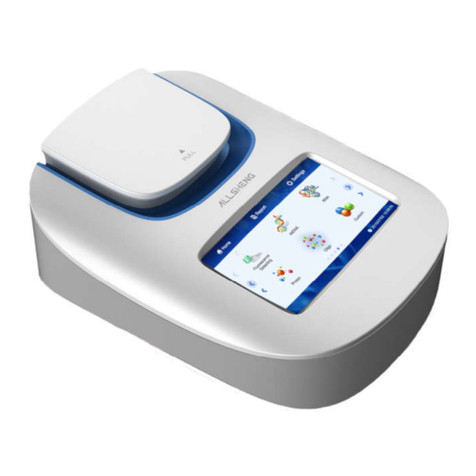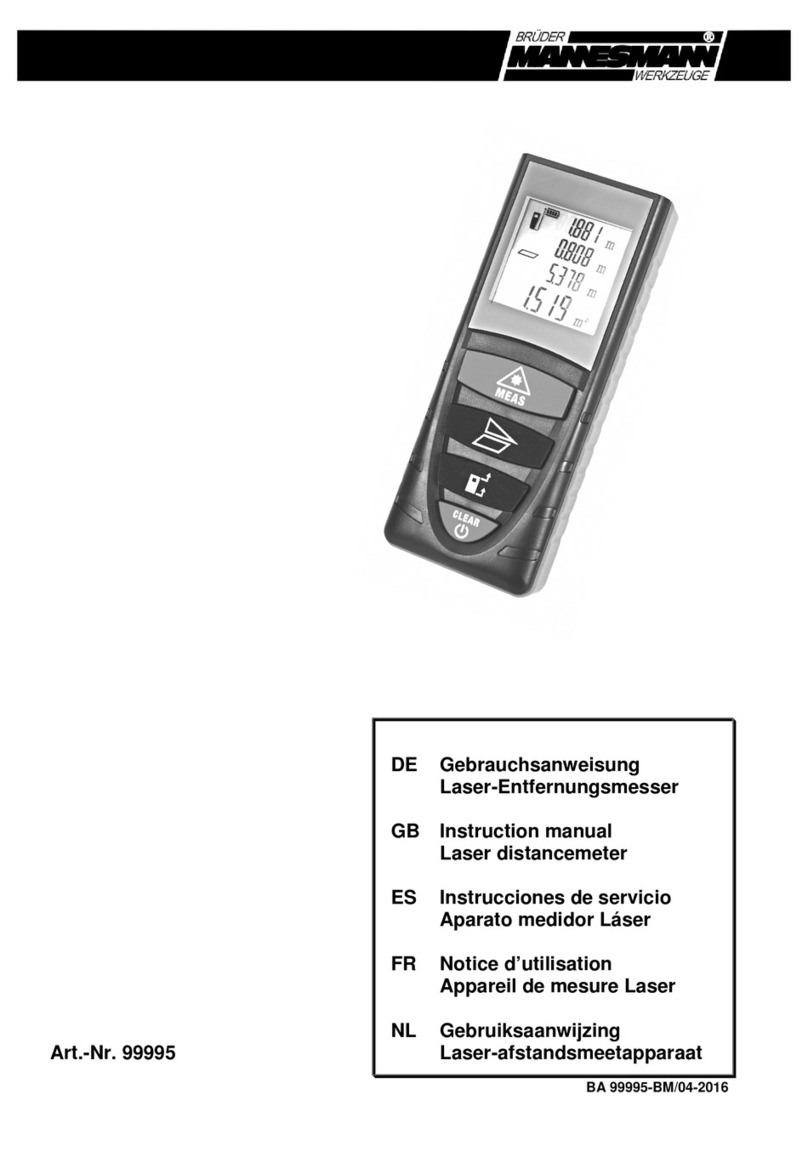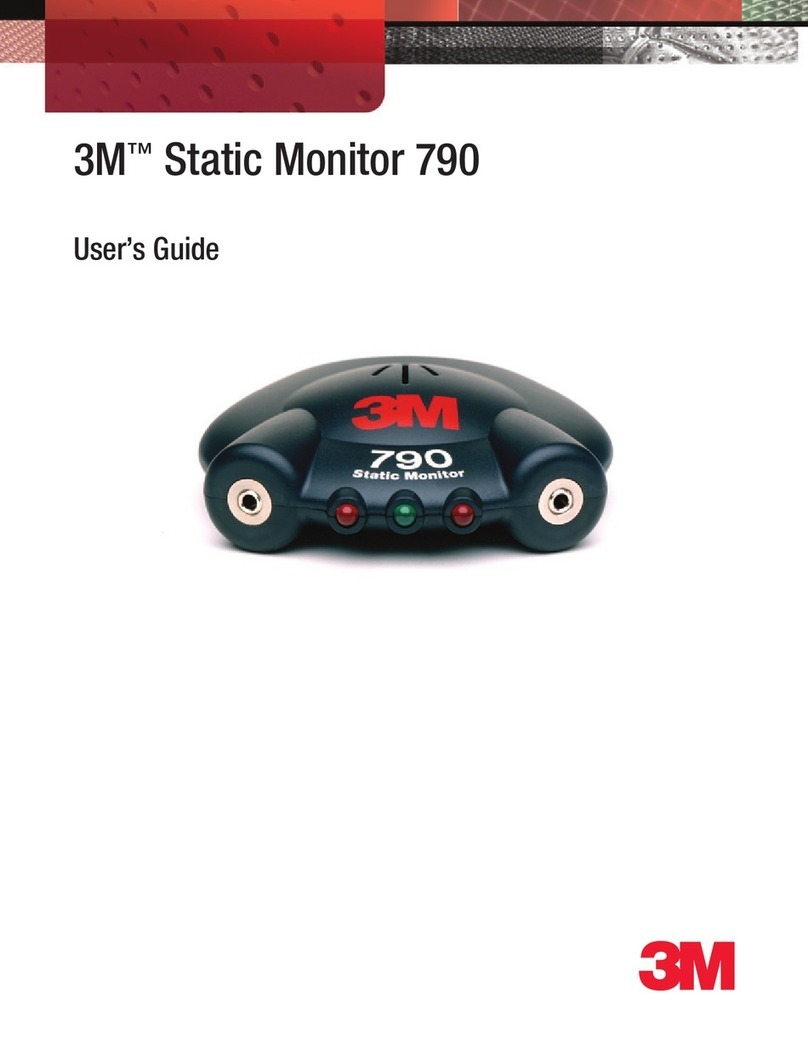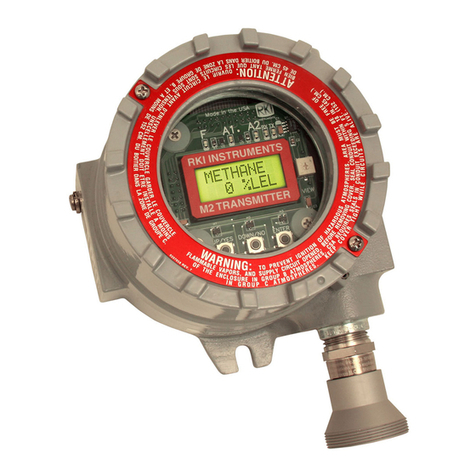Allsheng AMR-100T User manual

版本修改记录
版本号 修改说明 修改日期 修改人
V1.0 最初发放版本 2020.04.22 周亮
V1.1 修订随机配件 2020.10.16 周亮
DOMINIQUE DUTSCHER SAS

Operation Manual
Version 1.1
AMR-100T
Microplate Reader
Hangzhou Allsheng Instruments Co.Ltd.
DOMINIQUE DUTSCHER SAS

I
Foreword
Thank you for purchasing our Microplate Reader. This user manual describes how the
instrument works and the operation guide, please read carefully before operation and keep
for future reference.
Opening check
Please check the instruments as well as all accessories with packing list when you first open it.
If you find any wrong or missing, please contact distributor or manufacturer.
HANGZHOU ALLSHENG INSTRUMENTS CO., LTD.
Address: Building 1 & 2, Zheheng Science Park, Zhuantang Town, Xihu District,
Hangzhou,Zhejiang 310024, China
Tel: +86-571-88802738
Fax: +86-571-87205673
Post code: 310024
Website: www.allsheng.com
Email: info@allsheng.com
File No.: AS197SM
Version No.:V1.1, Oct 2020
DOMINIQUE DUTSCHER SAS

II
Safety warning and guidelines
1. Important information for safe use
2. Safety Tips
The operation, maintenance and repair of the Instrument should comply with the basic
guidelines and the remarked warning below. If you don’t comply with them, it will have effect
on the scheduled using life of the Instrument and the protection provided.
Warning: Biological contamination!! All samples for test, quality control,
calibration are regarded as infectious, and any part contact with samples
will also need to be treated as infectious. Please wear gloves when operate
this device.
This instrument intended to use in Scientific Research only!
Warning: Avoid injury. Keep your body or any part of body away 15cm (or
more) from the instrument when running.
Users should have a clear main idea on how to use this instrument before operate,
do read this user manual carefully.
Any improper operation without reading manual is forbidden, otherwise there
will be risks in cause accidental injury or electrical shock.
Do read manual carefully and operate safely according to this guidelines.
Before using the device, read the Manual carefully. These units are designed
for use in laboratory environments. The device must be used by skilled
personnel with the appropriate training.
Indoor use only.
DOMINIQUE DUTSCHER SAS

III
The operator should not open or repair the Instrument by himself, which will
result in losing the qualification of repair guarantee or occur accident. If there
is some wrong with the Instrument, please contact manufacturer for repair.
Before power on, guarantee the voltage used should be accordant to the
voltage needed, and the rated load of electrical outlet should not lower than
the demand.
If the electric line is damaged, you should replace it with the same type. You
should assure there’s nothing on the electric line and you should not put the
electric line in the ambulatory place.
Hold the socket when you pull out the plug, and don’t pull the electric line
only.
The Instrument should be put in the place of low temperature, less dust, no
water and no sun or strong lamp. What’s more, the place should be good
ventilation, no corrosively gas or strong disturbing magnetic field, far away
from central heating, camp stove and other hot resource.
Power off when you finish your work. Pull off the connector plug when there’s
long time no use of the Instrument and cover it with a cloth or plastic paper to
prevent from dust.
Pull the connector plug from the socket at once in the following cases, and
contact the vendor:
There is some liquid flowing into the Instrument;
Drenched or fire burned.
Abnormal operation: such as abnormal sound or smell.
Instrument dropping or outer shell damaged.
Malfunction
DOMINIQUE DUTSCHER SAS

IV
Contents
Foreword.................................................................................................................................................... I
Safety warning and guidelines...............................................................................................................II
1. Important information for safe use........................................................................................... II
2. Safety Tips.................................................................................................................................... II
Contents...................................................................................................................................................IV
Chapter 1 Brief introduction................................................................................................................... 1
Chapter 2 Features..................................................................................................................................2
Chapter 3 Instrument structure..............................................................................................................3
Chapter 4 Installation.............................................................................................................................. 5
1. Opening check............................................................................................................................. 5
2. Installation.....................................................................................................................................5
3. Installation steps..........................................................................................................................5
Chapter 5 Operation guide.....................................................................................................................6
Section 1 Instrument self checking...............................................................................................6
Section 2 protocol interface........................................................................................................... 7
1. File management, Function Key and Operation............................................................ 7
1.1. File management............................................................................................................. 7
1.2. Function button...............................................................................................................11
1.3. Procedure........................................................................................................................12
2. Protocol setting..................................................................................................................13
2.1. Mode setting(Measure)........................................................................................... 13
2.2. Layout.............................................................................................................................. 15
2.2.1. Layout...........................................................................................................................15
2.2.2. Standard sample concentration setting.................................................................. 18
2.3. Shake setting..................................................................................................................19
2.4. Calculate......................................................................................................................... 21
2.4.1. Kinetic setting..............................................................................................................21
2.4.2. Pre-process setting (double wavelength).............................................................. 23
2.4.3. Curves fitting setting.................................................................................................. 24
2.5. Interpret........................................................................................................................... 24
2.6. Quality controls setting................................................................................................. 25
2.7. Incubator setting............................................................................................................ 26
Section 3 Report............................................................................................................................ 27
1. Ordinary Report interface................................................................................................ 27
1.1 Raw data.......................................................................................................................... 27
1.2 Interpret analysis data....................................................................................................29
1.3 Analysis............................................................................................................................ 30
1.4 Curves.............................................................................................................................. 30
1.5 QC measurement result................................................................................................ 31
2. Kinetics Report interface..................................................................................................32
2.1 Kinetics measurement Raw data................................................................................. 32
2.2 Kinetics measurement Analysis................................................................................... 32
DOMINIQUE DUTSCHER SAS

V
2.3 Kinetics measurement Curve....................................................................................... 33
Section 4 Settings..........................................................................................................................34
1. Language setting...............................................................................................................34
2. Filter setting........................................................................................................................35
3. Maintenance...................................................................................................................... 36
4. Print setting........................................................................................................................ 37
5. Time and Date setting...................................................................................................... 37
6. Help..................................................................................................................................... 39
Chapter 6 Maintenance, storage, transportation..............................................................................40
1. Maintenance...................................................................................................................... 40
2. Storage and transportation..............................................................................................42
Chapter 7 Trouble shooting................................................................................................................. 43
Chapter 8 Accessories..........................................................................................................................44
DOMINIQUE DUTSCHER SAS

AMR-100T Microplate Reader Operation Manual Chapter 1 Brief introduction
─1─
Chapter 1 Brief introduction
This microplate reader AMR-100T is professional instrument for ELISA test , measuring
concentration, absorbance, positive or negative of the antibody and antigen in the sample by
testing the color of the Enzyme - Linked Immunosorbent Assay ( ELISA ). This reader is widely
used in clinical test, biology agriculture, food and environment research, especially benefit
from ELISA kits increasingly wide utilization.
Highlights:
Easy of use with 7 inch touch screen together with 3 external keys.
English or Chinese operation system available for complete edit, measurement, save data.
Able to use individually or connect with PC or PAD to control and export data.
8 positions optical filter wheel, equipped with 4 standard optical filters and optional filters
available.
Have incubation function, can be directly in incubation within the instrument, you can also set
a target different incubation temperature, making it easier for customers to use.
9 channel vertical optical path, zero dispersion single mode fiber measurement system,
automatic plate well center position function.
96-well visual layout helps to mark blank, sample, positive/negative control, quality control
and multi-value control.
Multi-choice tests on single plate.
Single or double wavelength measurement.
Self-checking optical path, mechanical motion.
Plate shaking function, time and speed are adjustable.
Designed with light source energy saving.
Different kind of data export ports available.
Measurement results can be exported to “MS Excel” file.
DOMINIQUE DUTSCHER SAS

AMR-100T Microplate Reader Operation Manual Chapter 2 Features
─2─
Chapter 2 Features
Working conditions:
Ambient temperature: 4C~45C
The relative humidity: 10%80%
Power: AC100-240V 50-60Hz 2A
The basic parameters and characteristics:
Model
Parameter AMR-100T
Light source 6V 10W Quartz-Halogen lamp
Wavelength 340~750nm
Optical filter Four standard filter 405/450/492/630nm, max load eight filters.
Read-out range 0.000-4.000Abs
Resolution 0.001Abs
Linearity R2≥0.995 [0.0,3.0Abs]
Wavelength Accuracy ≤±2nm
Abs. Precision [0,3) CV≤0.3% [3,4) CV≤1%
Abs. Stability
≤0.005Abs [0.0,2.0Abs)
≤0.3% [2.0,3.0Abs)
≤2.0% [3.0,4.0Abs)
Abs. Accuracy
≤±0.005Abs [0.0,2.0Abs)
≤±1.0% [2.0,3.0Abs)
≤±1.5% [3.0,4.0Abs)
Sensitivity ≥0.01Abs
Channel deviation <0.01Abs
Incubator temp range Ambient +4℃50℃
Liquid warm-up time Liquid warm-up time≤50min from 25℃to 37℃(96-well plate,
200ul water/well)
Temp.Uniformity ±0.5℃@37℃
Temp.Accuracy ±0.5℃@37℃
Speed Single wavelength <15s/96well, double wavelength<28s/96well
(Normal mode)
Dimension (W×D×H) 295 ×440 ×225 mm
Weight (kg) 11
DOMINIQUE DUTSCHER SAS

AMR-100T Microplate Reader Operation Manual Chapter 3 Instrument structure
─3─
Chapter 3 Instrument structure
Before first use of this instrument, please read this chapter carefully to make a better preparation.
Structure:
Touch screen
Roof cover
Decoration bar
Rear cover
Rear cover
External Button
Lower cover
Plate holder
Front door
Back door
USB Port
COM Port
LAN Port
Knob
Power Socket
Print Port
DOMINIQUE DUTSCHER SAS

AMR-100T Microplate Reader Operation Manual Chapter 3 Instrument structure
─4─
External button: “Start”, “Stop” and “Plate in/out”.
Plate holder: Hold microplate.
Print Port: The port is only used to connect the printer.
USB Port: the port can be used to connect U disk and mouse.
COM Port: connect PC.
Back door: can open to change light source and optical filter.
Knob: To open back door.
DOMINIQUE DUTSCHER SAS

AMR-100T Microplate Reader Operation Manual Chapter 4 Installation
─5─
Chapter 4 Installation
1. Opening check
Each AMR-100T is completely checked before package, please check again when you receive
instrument after transportation, contact your local distributor or manufacturer in case of:
The outer package inverted or deformation.
The outer package has an obvious stains of water.
The outer package has marks of impact.
The outer package has sign of open.
In case of outer good package, please check instrument and appendix.
According to your packing list to check all accessories.
Check instrument appearance if there is cracks or damage or deformation.
2. Installation
Working condition: locate instrument on a flat dry and clean work table, keeping the front side
with enough space for plate holder in and out, also keeping 15cm space for back, left and right
side to enable put or connect wires.
Working environment:
a.Clean air free from corrosion steam or smoke.
b.Temperature within +4°C to +45°C.
c.Relative humidity within 10% to 80% to avoid condensation.
Note: KEEP INSTRUMENT AWAY FROM DESTRUCTIVE GAS OR LIQUID!
3. Installation steps
locate instrument on work table.
Note: Don’t drive off any screws or parts unless for any specified steps, or it will affect
the warranty and leads to damage of the device.
Connect instrument to power supply.
Instrument will start to self-checking after turning on.
Warming: The Instrument must be properly grounded before operating!!
DOMINIQUE DUTSCHER SAS

AMR-100T Microplate Reader Operation Manual Chapter 5 Operation guide
─6─
Chapter 5 Operation guide
Section 1 Instrument self checking
This chapter introduces default protocol operation, it begins to self checking after turned on.
Refer to the picture below
fig 1
There are 4 parts in the software: protocol, Report, Settings, Help.
You can swift these 4parts by clicking icon area upside.
DOMINIQUE DUTSCHER SAS

AMR-100T Microplate Reader Operation Manual Chapter 5 Operation guide
─7─
Section 2 protocol interface
After self-check complete, enter the software main “protocol” interface.
fig 2
1. File management, Function Key and Operation
1.1. File management
The name of current protocol file: (Fig 2),
Note: There are two kinds of protocol files: one includes the detection data and analysis
results with the icon “ ”, the parameter can’t be changed and can be used in measuring
after rename the protocol file; the other only has the parameter of the protocol without any
icon, the parameter setting can be changed and used in measurement.
: New protocol
Click “New” to set the name of new protocol and then click “Enter” to save. After that, the
parameter setting can be changed(Fig 3).
Note: The new protocol will be named automatically after the first protocol.
File management
Function Key
Parameter setting
Incubator setting
DOMINIQUE DUTSCHER SAS

AMR-100T Microplate Reader Operation Manual Chapter 5 Operation guide
─8─
fig 3
:Save the current protocol
Click “Save” button to save the setting protocol and view it in “File List”.
Note: The new protocol will not be set after detecting sample and display in gray font;
on the contrary, it still can be set.
:Save as new protocol
Click “Save As” to rename the protocol and save as new one.
Note: The save as protocol can be set based on the previous parameters. The detection
data and parameter will be save at the same time.
:Open the protocol file list
Click “File List” button to enter the interface(Fig 4) of all the protocol file. Choose the protocol
file and click “Open” button, you can view the specific information of the protocol.
Click the “ ”or“ ”button to rank the protocol files.
Click the“ ”,“ ”,“ ”,“ ” to page quickly.
DOMINIQUE DUTSCHER SAS

AMR-100T Microplate Reader Operation Manual Chapter 5 Operation guide
─9─
fig 4
Click “Batch OP” to enter the interface(Fig 5):
fig 5
You can batch deletion, import and export the protocol files.
:Delete the protocol file(Fig 7).
,:Click “USB Drive” button to exchange the protocol files between hard disk
drive and external USB drive(Fig 6,8).
DOMINIQUE DUTSCHER SAS

AMR-100T Microplate Reader Operation Manual Chapter 5 Operation guide
─10 ─
:Export the hard disk drive data to external USB drive.
:Import the external USB drive data to hard disk drive.
:Select the whole protocol files in the hard disk drive (external USB drive) and
then the button will be change to “ ”.
fig 6
:Back to the protocol interface.
Note: The protocol files in external USB drive couldn’t be deleted.
DOMINIQUE DUTSCHER SAS

AMR-100T Microplate Reader Operation Manual Chapter 5 Operation guide
─11 ─
fig 7
fig 8
1.2. Function button
:Click to detect the sample.
:Click to stop the detection.
: Click to control the Elisa plate in and out.
Note: It will create a new file when click “Run” button and then input the name of protocol
file. Click “Enter” to start the running.
DOMINIQUE DUTSCHER SAS

AMR-100T Microplate Reader Operation Manual Chapter 5 Operation guide
─12 ─
1.3. Procedure
Sample detecting procedure:
Open the procedure file (or New) and set the parameter.
Click the“Plate in/out” button on the screen or the front panel to put the Elisa plate into the
instrument as Fig 9.
fig 9
Click “ ” on the screen or “Start” button on the front panel to start the running(Fig 10).
fig 10
Note: You can only click “Stop” button to stop the running.
After 15 sec running, it will enter the “Report” interface automatically and display the detection
report(Fig 11).
DOMINIQUE DUTSCHER SAS

AMR-100T Microplate Reader Operation Manual Chapter 5 Operation guide
─13 ─
fig 11
2. Protocol setting
This part introduces how to create protocol, set parameters(wavelength, shaking mode), layout,
shaking setting, data calculate, qualitative setting, quality control setting and protocol save.
2.1. Mode setting(Measure)
Wavelength and mode can be set in measurement mode.
On interface “protocol”, click blank area near “Measure” to set parameters(Fig 12).
fig 12
DOMINIQUE DUTSCHER SAS
Table of contents
Other Allsheng Measuring Instrument manuals
Popular Measuring Instrument manuals by other brands

DEHN + SÖHNE
DEHN + SÖHNE DEHNrecord DRC SCM XT operating manual
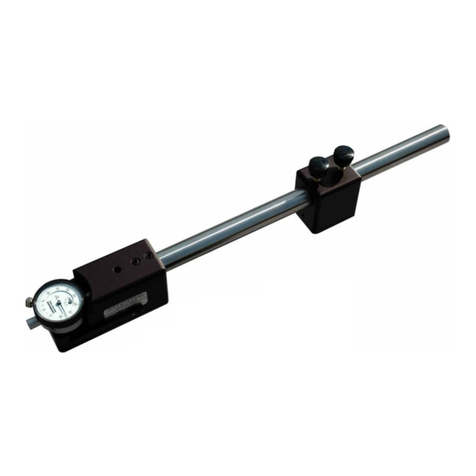
GAGEMAKER
GAGEMAKER BXG-1000 Operation manual
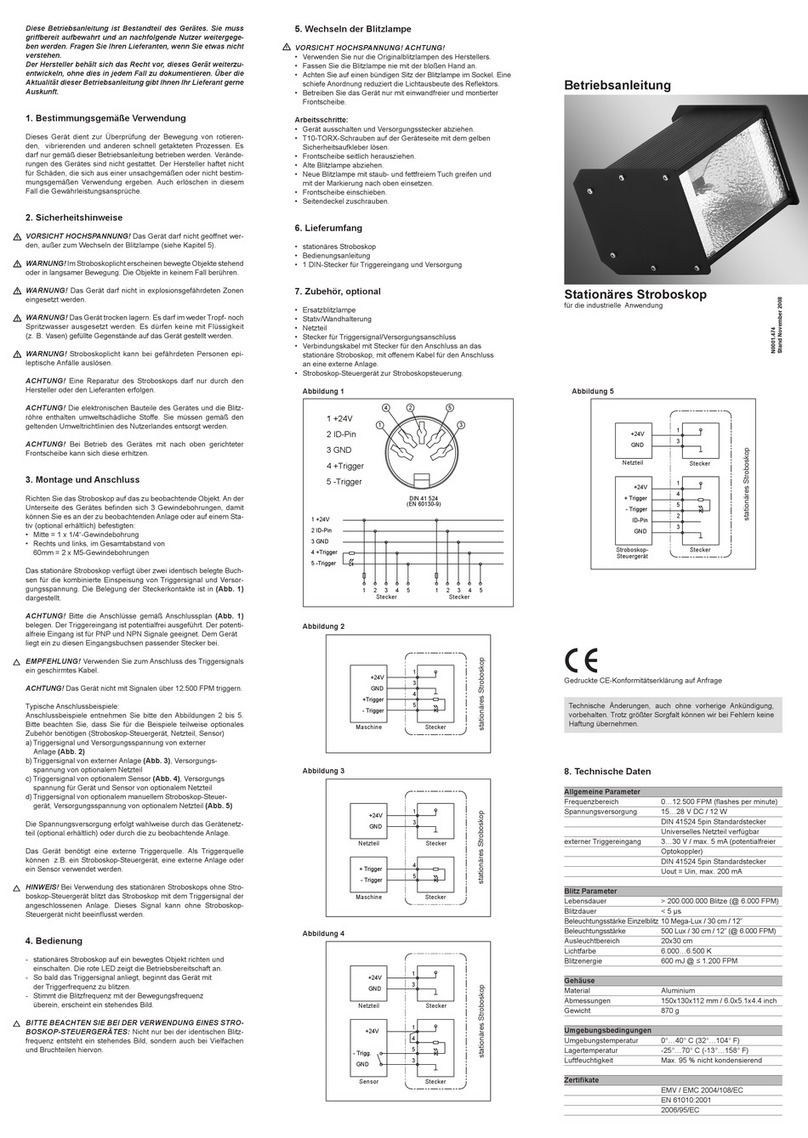
RHEINTACHO
RHEINTACHO RT STROBE 3000 operating instructions

HP
HP 64700 series user guide

Hobo
Hobo MicroRX RX210 Series Installing manual
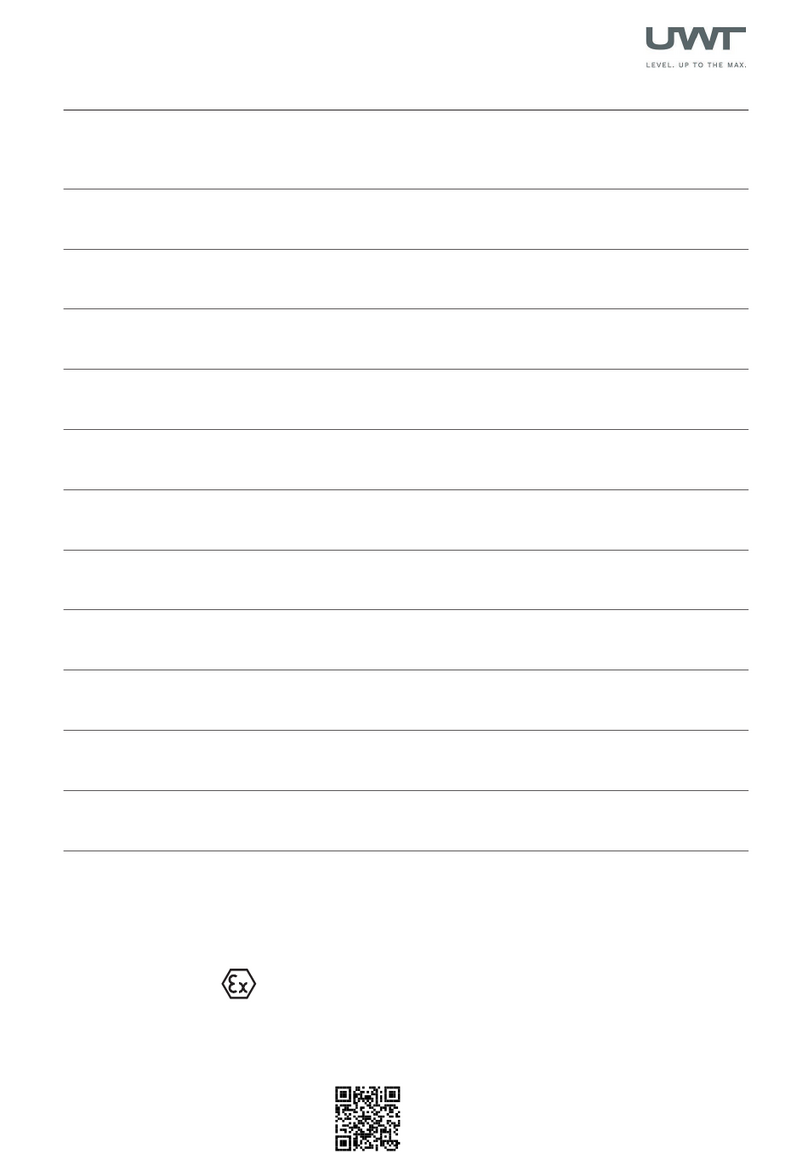
UWT
UWT NivoRadar NR 7100 Series Technical Information/Instruction manual

IML
IML FRACTOMETER II instruction manual
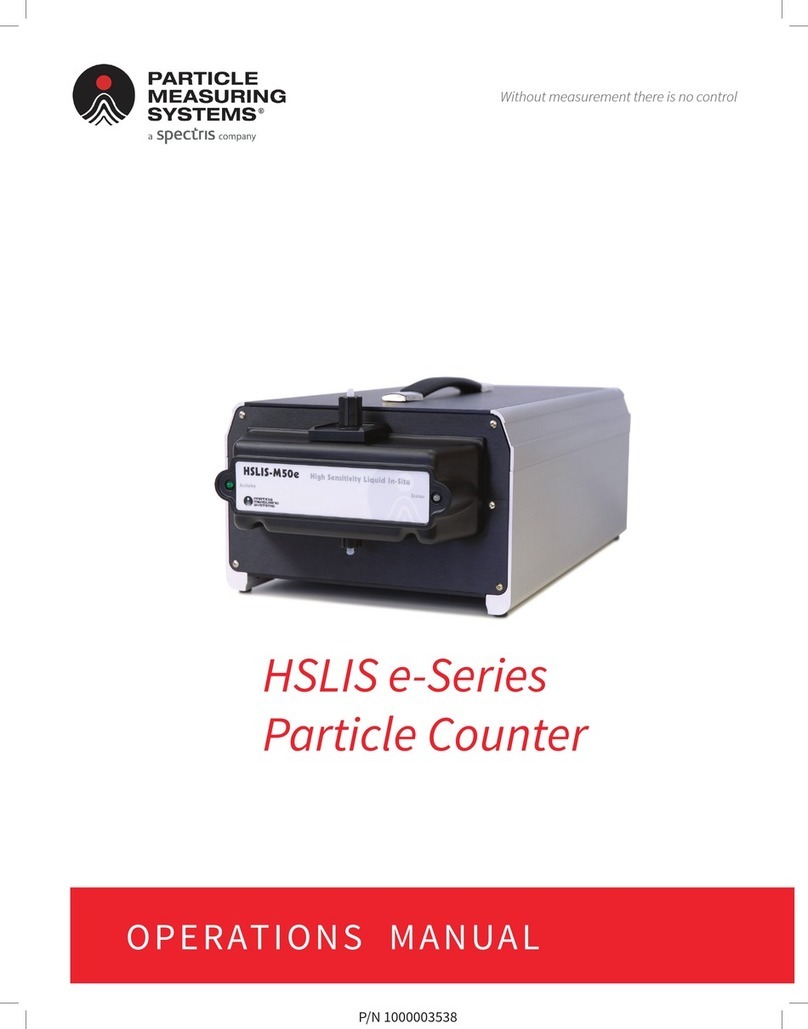
Spectris
Spectris PARTICLE MEASURING SYSTEM HSLIS e-Series Operation manual
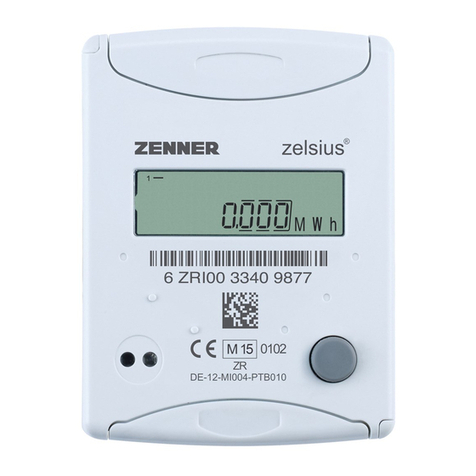
Zenner
Zenner zelsius C5-CMF Installation and operating manual

Johnson
Johnson 40-6648 instruction manual
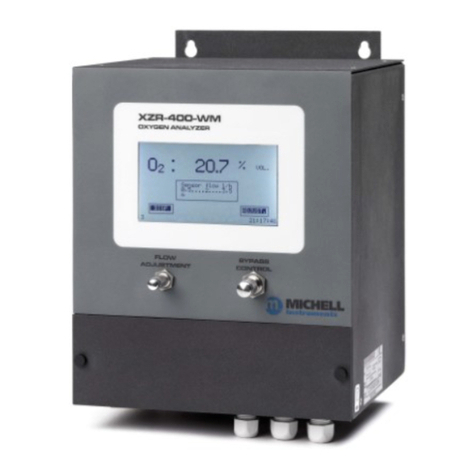
Michell Instruments
Michell Instruments XZR400 Series user manual

Transcat
Transcat ThermCal400 instruction manual
